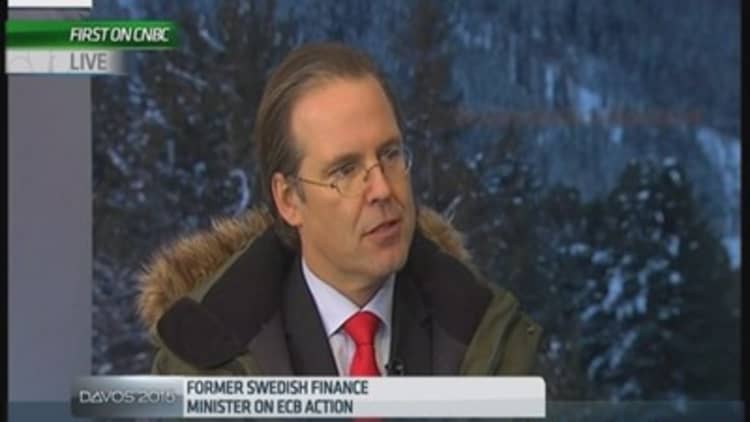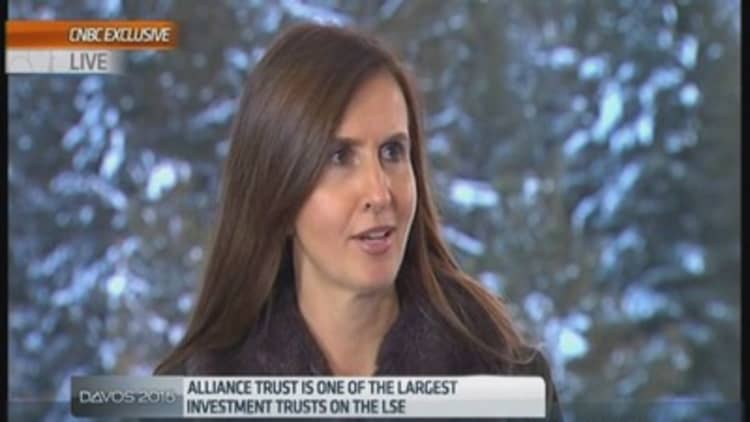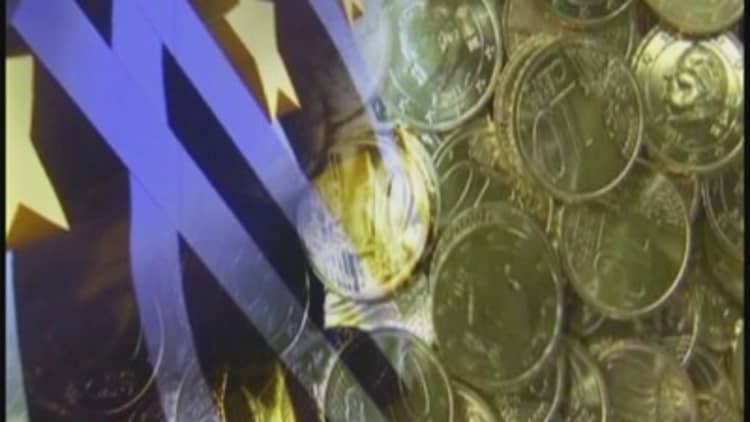



Government borrowing rates across Europe fell to historic lows and the bloc's single currency tumbled against the dollar on Thursday after the European Central Bank president Mario Draghi outlined plans for a trillion-euro full-scale bond-buying program in attempt to revive the ailing euro zone economy.
ECB President Mario Draghi said the central bank is to launch a private and government quantitative easing (QE) program, buying 60 billion euros of bonds a month from March -- more than previously expected.
The plan will run until September 2016, Draghi said at press conference at the ECB headquarters in Frankfurt and bonds issued by European institutions will be subject to risk-sharing, he said
The euro plummeted plummeted to a fresh 11-year low against the dollar of $1.14410 in the hours after the plans were unveiled. Government debt markets rallied after Draghi's comments, sending borrowing costs in a number of euro zone countries -- including Germany, Italy, Spain, Ireland and Portugal -- to a record low. German 10-year government bond yields hit record lows of 0.377 percent Thursday afternoon.
Stock markets rallied, with Italian stocks surging to close 2.5 percent higher, while the pan-European FTSEurofirst 300 ended up 1.5 percent.
Read MoreEuropean stocks close higher on Draghi's QE plans
"Overall, the fact that peripheral bond yields have fallen in response to the announcement suggests that, initially at least, the size and open-endedness of the program is trumping concerns about the lack of risk-sharing," Jonathan Loynes , chief European economist at Capital Economics, said.
"But we would caution again that even sizable amounts of QE are unlikely to transform the outlook for the euro-zone economy and eliminate the risk of a prolonged and damaging bout of deflation," he added.
U.S. treasuries, the largest debt market in the world, saw prices rise after the central bank announced its plans, with yields on the U.S. 10-year Treasury at 1.83 percent, down from 1.9 percent ahead of the announcement.
"I don't think any of us could have predicted that yields would continue to be where they are and indeed to have fallen. We have far more invested in equities at this point, I think it would probably take quite a brave person to say now is the time to be piling into bonds and you probably need to be thinking about addressing the balance," CEO of investment and savings business Alliance Trust, Katherine Garrett-Cox told CNBC, speaking from the World Economic Forum in Davos, Switzerland.
Speaking on the size of the bond-buying program, Anders Borg, the former Swedish finance minister, told CNBC at Davos that he wasn't particularly concerned with how large the total number of asset purchases were, but added that it was important that Draghi had decided to "frontload" and the process wasn't drawn out.
"Do it hard, do it big, do it now," he said.
Borg argued that the greater concern for the world was the U.S. and its divergence with monetary policy. He agreed that the greatest risk was global liquidity being sucked for the system as the U.S. edges towards an interest rate hike


